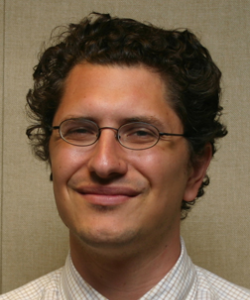Interdisciplinarity and Vietnam-Era Protest at Stanford

The late '60s and early '70s are remembered on many American campuses as times of strife and protest. It is well known to historians (though perhaps less so in the popular imagination) that much of the Vietnam-era campus protest centered on the conduct of academic research. Some protesters took up an overtly anti-science agenda; more often, though, campus protesters wanted to have a say in what was researched at their universities, who got to participate in that research, where the funding for research came from, and how long it would take for academic research to deliver benefits to American society. Many radicals and reformers also called for academic researchers to look less to their disciplinary colleagues and embrace a very broad-ranging kind of interdisciplinarity.
I argue that even researchers and university administrators who had little sympathy for the protest movement were inclined to agree with reformers' calls for greater interdisciplinarity for budgetary, bureaucratic, and political reasons. Through a case study of electrical engineering research at Stanford, I show that this uncommon agreement among faculty, students, and administrators led to the creation of lasting interdisciplinary institutions at Stanford. Because technologies for miniaturization and microanalysis were seen as especially versatile vehicles for interdisciplinary collaboration, the faculty and graduate students who were at the forefront of the Vietnam-era interdisciplinary moment went on to be leaders in nanotechnology fields such as atomic force microscopy and nanolithography. Stanford faculty and graduate students from that era went on to play pivotal roles in such key nanotechnology institutions as the Stanford Nanofabrication Facility, the National Nanotechnology Infrastructure Network, the Microelectronics Research Center at Georgia Tech, and the Microsystems Technology Laboratories at MIT.










